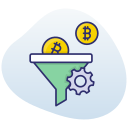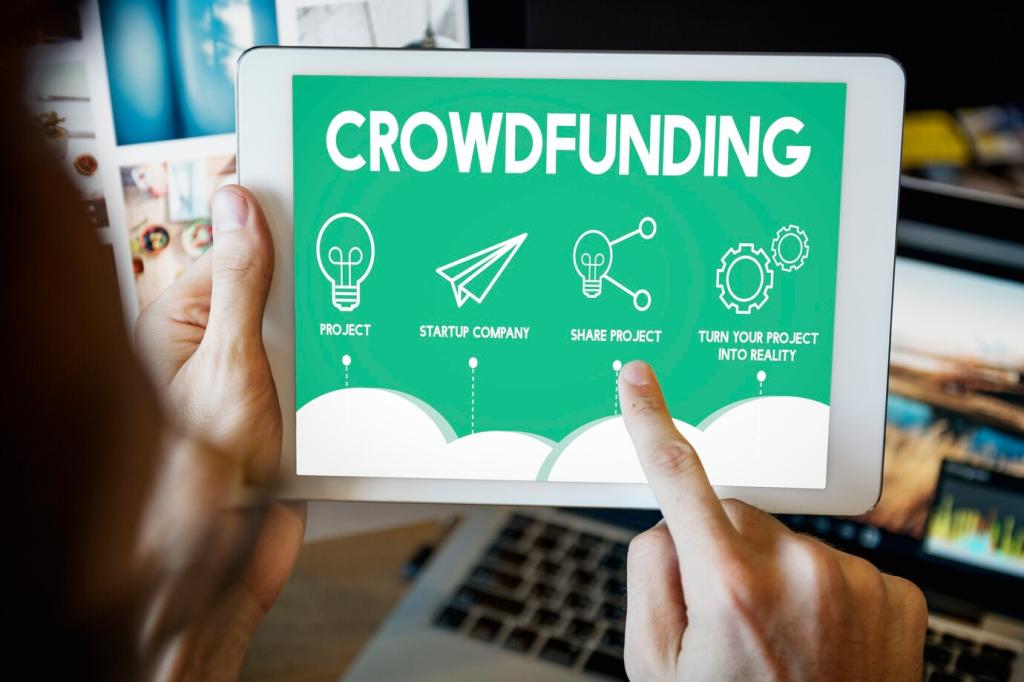A Field Story: The Week the Funnel Learned to Learn
They were stuck swapping headlines weekly, arguing in meetings, and missing seasonality. Conversion barely budged. They began by standardizing events, defining a single activation metric, and writing guardrails to protect brand tone.
A Field Story: The Week the Funnel Learned to Learn
They introduced always-on tests with bandit allocation for creatives and automated landing page variants tied to intent signals. A weekly review ritual checked drift, updated hypotheses, and celebrated tidy failures that taught something useful.








